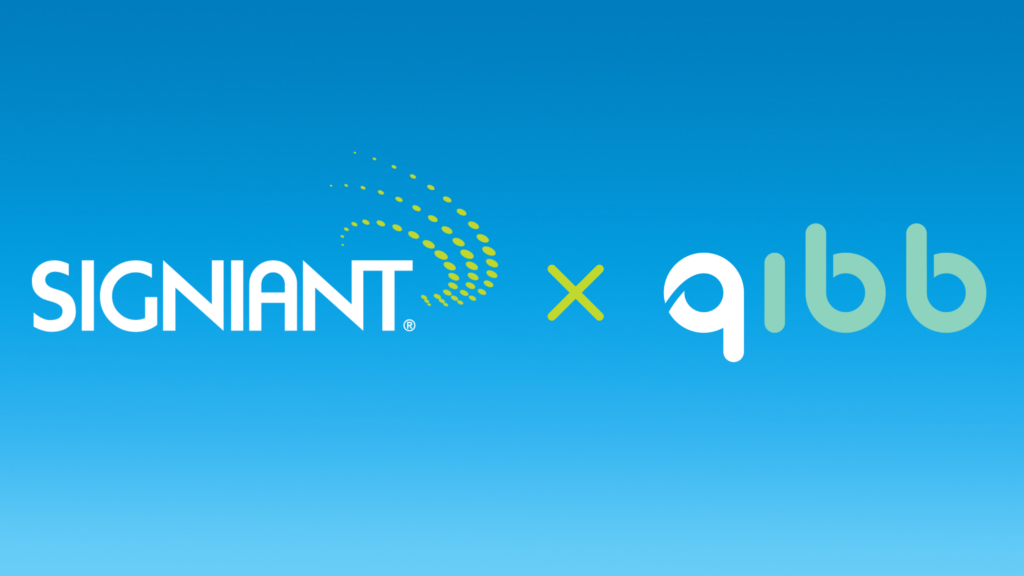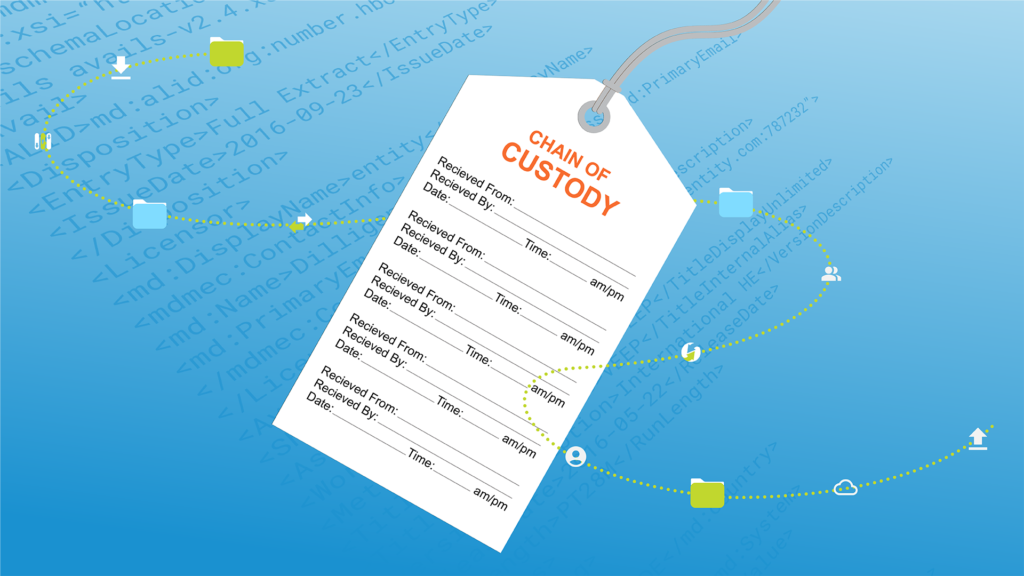What is Checkpoint Restart?
Checkpoint Restart to prevent file transfer failures
Signiant acceleration technology improves on standard Internet transmission speeds up to 100 fold without the need to compress or split files. For industries that need to work with raw, original files such as high-resolution photos or video footage, being able to transfer uncompressed files without sacrificing speed or reliability is essential.
There are several mechanisms that make our large file acceleration technology so reliable, but one we don’t speak about very often in depth is called “checkpoint restart” or CPR. Much like the CPR used to save a cardiac arrest victim, checkpoint/restart is also a sort of rescue technique for a system that has failed in the middle of a file transfer
In the broadest sense, checkpoint restart allows an operating system or application that crashes or fails for any reason to continue from the “checkpoint” — or the last point successfully backed up — without data loss when it is restarted. Checkpoint/restart continuously saves the state of a running application, applying markers at various intervals from which the application can later resume its work if interrupted.
In terms of file transfer, checkpoint restart means that a file transmission that has been interrupted due to an Internet connection or computer failure will automatically pick up where it left off when the system is back online, rather than having to start over.
Checkpoint restart is a very simple yet important aspect of any fault tolerant system, and all of the Signiant products such as Media Shuttle, Jet, and Flight Deck include it. CPR happens automatically if the Signiant clients are running and can be reinitiated manually if they are shutdown mid transfer.
If you’re interested in more details about Signiant’s Emmy award-winning acceleration technology, visit our webpage that explains Signiant’s advanced file acceleration technology and how it improves over traditional protocols like FTP and TCP.


